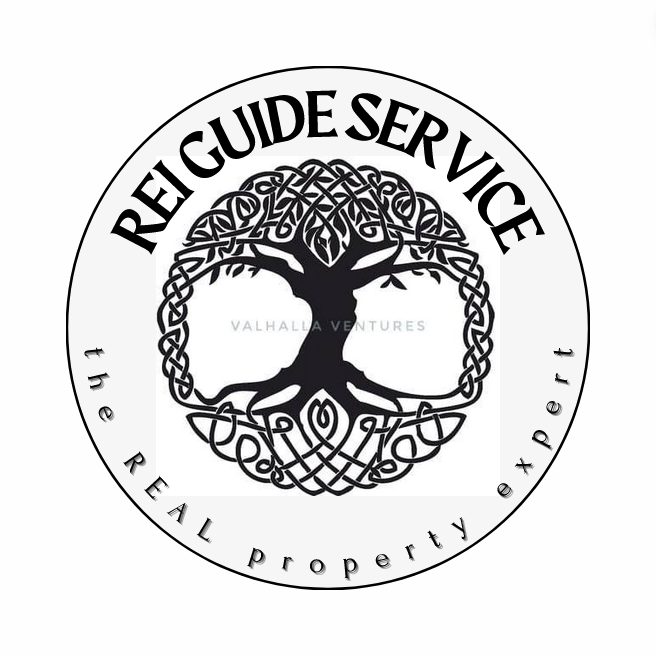Smaller, Smarter, Stronger: The Future of Affordable Homes
My Argument for Making Housing Affordable
I’m not here to reinvent the wheel, I’m here to make it roll straighter. The conversation around “affordable housing” gets lost in politics and buzzwords, but the truth is simple: affordability is a design and construction problem, not a mystery.
Here’s how I see it:
Keep it small, but livable. No one needs 3,000 sqft to be comfortable. 1,100 sqft max build gives families what they need without driving costs through the roof.
Use materials that don’t quit. Concrete, metal, long-life products, maximum warranty exteriors that save money on repairs and maintenance for decades.
Engineer for efficiency. Triple-pane windows, insulation that works, HVAC that sips power instead of guzzling it. Lower utility bills equal real affordability.
Cut the fluff. No wasted space, no useless “statement” rooms. Every square foot should earn its keep.
Design to last. We don’t build trends; we build homes. Homes that stand up to time, weather, and real life.
Affordable housing doesn’t mean “cheap.” It means smarter choices, stronger builds, and lower carrying costs for the people living there.
That’s the model. That’s the argument.
FAQ
Q: Won’t smaller homes feel cramped?
A: Not if they’re designed right. Open layouts, smart storage, and efficient flow make 1,100 sqft feel bigger than most people expect.
Q: Aren’t these materials more expensive upfront?
A: Yes, but they pay for themselves over time. A concrete exterior or metal roof may cost more on day one, but it saves tens of thousands in repairs and replacements over the life of the home.
Q: Does this mean sacrificing quality?
A: Absolutely not. Affordability is not “cheap.” It’s about delivering lasting quality with less waste.
Q: How does this lower monthly costs for owners or renters?
A: Smaller footprint + efficient systems + durable materials = lower utilities, lower maintenance, lower long-term expenses. That’s real affordability.
Q: Is this scalable?
A: Yes. This isn’t a “one-off” concept, it’s a repeatable model that can serve individuals, families, and even communities.
The bottom line:
Affordable housing isn’t a buzzword or a government line item, it’s a choice. The choice to build smaller, smarter, and stronger. The choice to invest in materials and designs that last, instead of wasting money on flashy trends or oversized layouts. The choice to make homes truly livable and affordable for the people who need them most.
Every square foot, every material, every design decision matters. When done right, it’s not just housing, it’s stability, predictability, and a real return on investment for families and communities alike.
If you’re serious about solving the affordable housing problem - not just talking about it - here’s the question: how would it feel to actually see a home built this way, where every dollar spent makes sense, every system works efficiently, and every family can afford to thrive?
I can help you map it out. Take a look at your current approach and let’s figure out where the gaps are, the fixes that actually make a difference. Are you ready to stop spinning your wheels and start building something that lasts?

